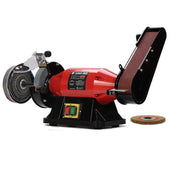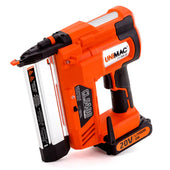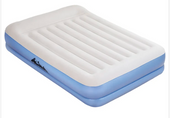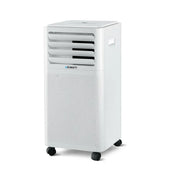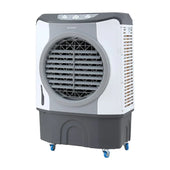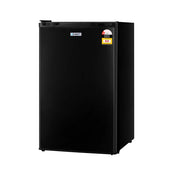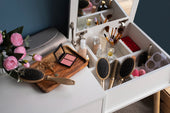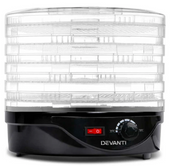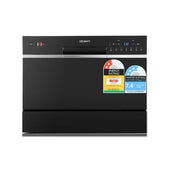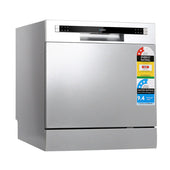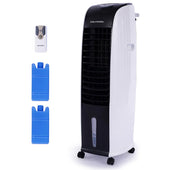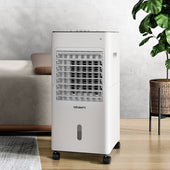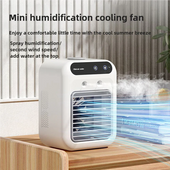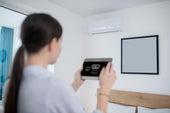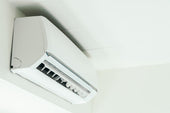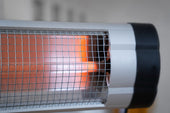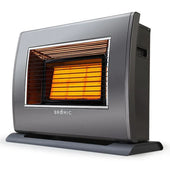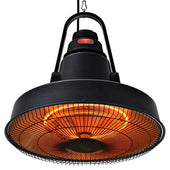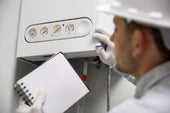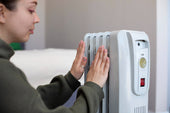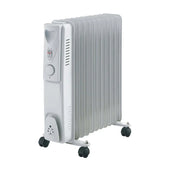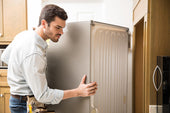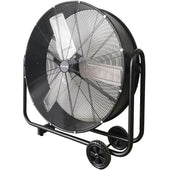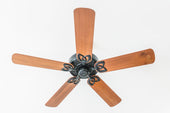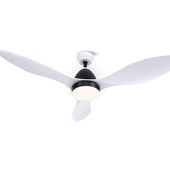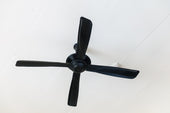Understanding the Importance of Replacing a Shower Head
Replacing a shower head is essential for maintaining water quality, efficiency, and hygiene within a bathroom. At During Days, we understand that Over time, mineral build-up can clog nozzles, reducing water pressure and flow. This not only impacts the showering experience but also increases water wastage. Old or damaged shower heads may harbour mould, bacteria, and other harmful microbes that could pose health risks.
Modern shower heads often come with enhanced features, such as water-saving mechanisms or adjustable spray patterns, offering improved comfort and sustainability. Regular replacement ensures optimal performance and supports eco-friendly water usage, a critical focus in contemporary households.
Gathering Tools and Supplies for the Job
Proper preparation is essential before replacing a shower head or screen. Start by identifying the tools and materials required for the task.
Essential Tools:
- Adjustable wrench for loosening and tightening.
- Plumber’s tape to seal connections.
- Screwdriver, if the job involves screens or mounts.
- Soft cloth to clean surfaces.
Required Supplies:
- New shower head or screen that fits existing fixtures.
- Replacement washers or O-rings for leakage prevention.
Ensure water supply is shut off before beginning work. Keeping all tools within arm’s reach streamlines the process, minimising interruptions and complexity. Check packaging for specific instructions or included parts.
Choosing the Right Shower Head for Your Needs
Selecting the ideal shower head involves considering key factors to ensure it suits individual preferences and bathroom requirements. Different types of shower heads offer unique features:
- Fixed Shower Heads: Ideal for those who prefer a traditional, wall-mounted design. Often simple and durable.
- Handheld Shower Heads: Provide flexibility and are practical for washing hair, cleaning, or assisting individuals with limited mobility.
- Rainfall Shower Heads: Mimic natural rain, offering a luxurious spa-like experience. Suitable for wider coverage.
One should also evaluate water pressure compatibility, spray patterns, and eco-friendly options. Features like adjustable settings or anti-limescale benefits may enhance usability. Transitioning between these factors ensures a tailored choice.
Preparing Your Bathroom for Installation
Prior to beginning installation, it is essential to clear the workspace to prevent accidents and provide adequate room. Remove any personal items such as toiletries, towels, or decorations from the shower area. Ensure the floor is dry and slip-free to maintain safety during the process.
Inspect the existing shower head and screen for wear or damage before starting. Turn off the main water supply to avoid leaks or accidental sprays. Gather necessary tools such as adjustable spanners, screwdrivers, and a cloth for cleaning. Ensure the replacement fixtures are compatible with your current plumbing setup by checking dimensions and connections.
Removing the Old Shower Head Safely
Before starting, ensure the water is turned off completely to prevent leaks. Gather necessary tools such as an adjustable wrench, pliers, and a clean cloth to protect fixtures from scratches. Place a bucket or towel beneath the shower area to collect debris or excess water.
Using a wrench, carefully loosen the existing shower head, gripping it gently to avoid damaging the pipe threads. If rust or corrosion is present, apply penetrating oil and wait for a few minutes to assist in loosening. After removal, inspect the pipe for damage or residue and clean it thoroughly using a cloth or soft brush.
Cleaning and Inspecting the Shower Arm
Before attaching a new shower head, thorough cleaning and inspection of the shower arm are essential to ensure proper functionality and longevity. Begin by unscrewing the current shower head and examining the threads on the shower arm. Look for any damage, rust, or corrosion, as these can hinder a tight seal later.
Use a soft cloth or sponge with warm, soapy water to clean the shower arm’s exterior, removing any buildup or grime. For stubborn residue on the threads, a brush or toothbrush can be useful. Wrapping Teflon tape around the threads is recommended once cleaned to create a leak-proof connection.
How to Install a New Shower Head: Step-by-Step
- Prepare the Area: Turn off the water supply to the shower. Lay down a towel or cloth over the floor of the shower or bath to prevent any tools or parts from damaging the surface.
- Remove the Old Shower Head: Use an adjustable spanner to loosen the existing shower head’s coupling. Twist it counter-clockwise, ensuring not to damage the shower arm’s threading.
- Clean the Thread: Inspect the shower arm threads for rust or debris. Remove any residue using a clean cloth. Apply plumbing tape (Teflon tape) around the cleaned threads for a watertight seal.
- Attach the New Shower Head: Take the new shower head and screw it onto the shower arm by hand. Tighten it clockwise until snug, ensuring not to overtighten to avoid damage.
- Ensure Proper Sealing: Once attached, check for leaks by turning the water supply back on. If any leaks occur, tighten further or reposition the plumbing tape.
- Test Usage: Run the shower to confirm proper water flow and adjust any movable settings on the shower head as needed.
By following these steps, installation can be completed efficiently without requiring professional tools or assistance.
Ensuring a Leak-Free Connection with Proper Tightening
Achieving a leak-free connection when replacing a shower head or screen starts with ensuring all threaded joints are clean and free from debris. Before installation, it is essential to wrap the shower arm’s threads with PTFE tape, also known as plumber’s tape, winding it clockwise to match the thread direction. Proper alignment of components is crucial; overtightening can strip threads or crack fittings, while undertightening may lead to leaks.
Use an adjustable wrench or pliers with a protective covering, such as a cloth, to prevent scratching the finish. After installing the shower head, turn on the water to check for leaks and make minor tightening adjustments if necessary.
Testing Your New Shower Head for Functionality
Once the shower head installation is complete, it is essential to ensure everything is working properly. Start by turning on the water supply and allowing it to flow through the shower head. Gradually adjust the water temperature to check for a consistent flow and even distribution. Observe any leaks around the connections and tighten if necessary using a wrench or pliers.
Test various spray settings, if available, to ensure all functions work smoothly. Verify the water pressure aligns with personal preference and does not exceed limits. Lastly, look for unusual noises or irregularities during operation. Address these issues promptly to avoid long-term problems.
Troubleshooting Common Issues After Installation
If the shower head leaks, ensure the connections are tight and the washers are properly seated. Apply plumber’s tape to the threads for a better seal. For uneven water flow, check for blockages in the shower head; soak it in vinegar to remove mineral build-up. If the water pressure is low, inspect if the flow restrictor is clogged or improperly installed.
When dealing with screen fitment issues, confirm the measurements are accurate, and adjust screws or clamps as needed. For water leaks around screens, check if the seals or gaskets are worn or misaligned, replacing them as necessary.
Maintenance Tips to Preserve Your Shower Head
To keep a shower head functioning optimally and ensure its longevity, regular maintenance is essential. These practical tips can help:
- Clean it monthly: Use a soft cloth and warm, soapy water to wipe away surface grime. Avoid abrasive cleaners that can damage the finish.
- Remove mineral deposits: Soak the shower head in a solution of equal parts water and vinegar for an hour to dissolve limescale. Use a toothbrush to scrub any stubborn buildup.
- Check for leaks: Examine the connection between the shower head and pipe. Tighten or replace the washer if water drips from the joint.
- Avoid excessive force: When adjusting or cleaning, handle with care to prevent internal damage.
- Inspect nozzles regularly: Look for clogs and debris. Gently press and flex silicone nozzles where present to dislodge blockages.
Proactive care reduces wear, ensuring optimal water flow and extending the unit’s lifespan.
Eco-Friendly and Water-Saving Options to Consider
When replacing shower heads and screens, prioritising sustainability can reduce water usage and environmental impact. Eco-friendly shower heads are designed with low-flow technology, offering high performance while conserving water. Look for options with a flow rate of less than 9.5 litres per minute.
Consider these environmentally conscious features:
- Aerated Spray Heads: Mix air with water for consistent water pressure and reduced usage.
- Shower Timers: Limit shower duration to save water and energy.
- WaterSense-Certified Products: Identify models meeting strict efficiency criteria.
- Replaceable Filters: Maintain efficiency and water hygiene easily.
Opting for recyclable or biodegradable screen materials can further enhance eco-friendliness.



